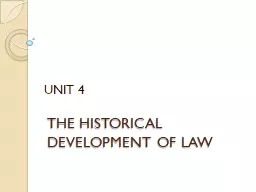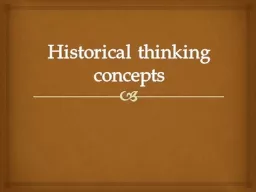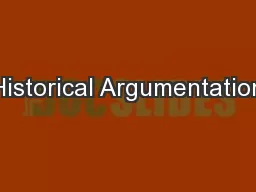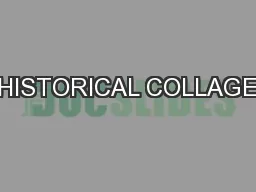PPT-THE HISTORICAL DEVELOPMENT OF LAW
Author : test | Published Date : 2018-10-31
UNIT 4 Read the introductory paragraph Customary law and the first codifications p 25 26 Con n ect key terms and notes and produce sentences CUSTOMS WRITTEN CODES
Presentation Embed Code
Download Presentation
Download Presentation The PPT/PDF document "THE HISTORICAL DEVELOPMENT OF LAW" is the property of its rightful owner. Permission is granted to download and print the materials on this website for personal, non-commercial use only, and to display it on your personal computer provided you do not modify the materials and that you retain all copyright notices contained in the materials. By downloading content from our website, you accept the terms of this agreement.
THE HISTORICAL DEVELOPMENT OF LAW: Transcript
Download Rules Of Document
"THE HISTORICAL DEVELOPMENT OF LAW"The content belongs to its owner. You may download and print it for personal use, without modification, and keep all copyright notices. By downloading, you agree to these terms.
Related Documents














